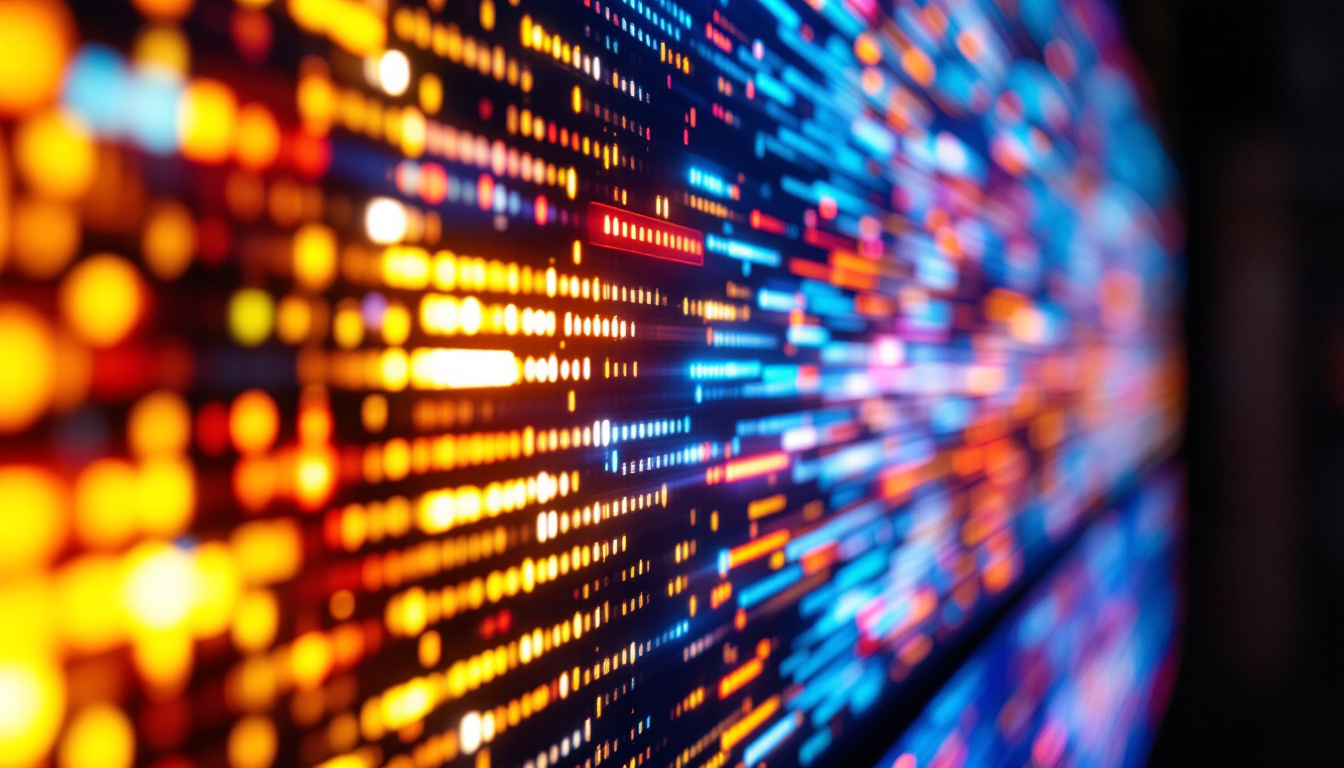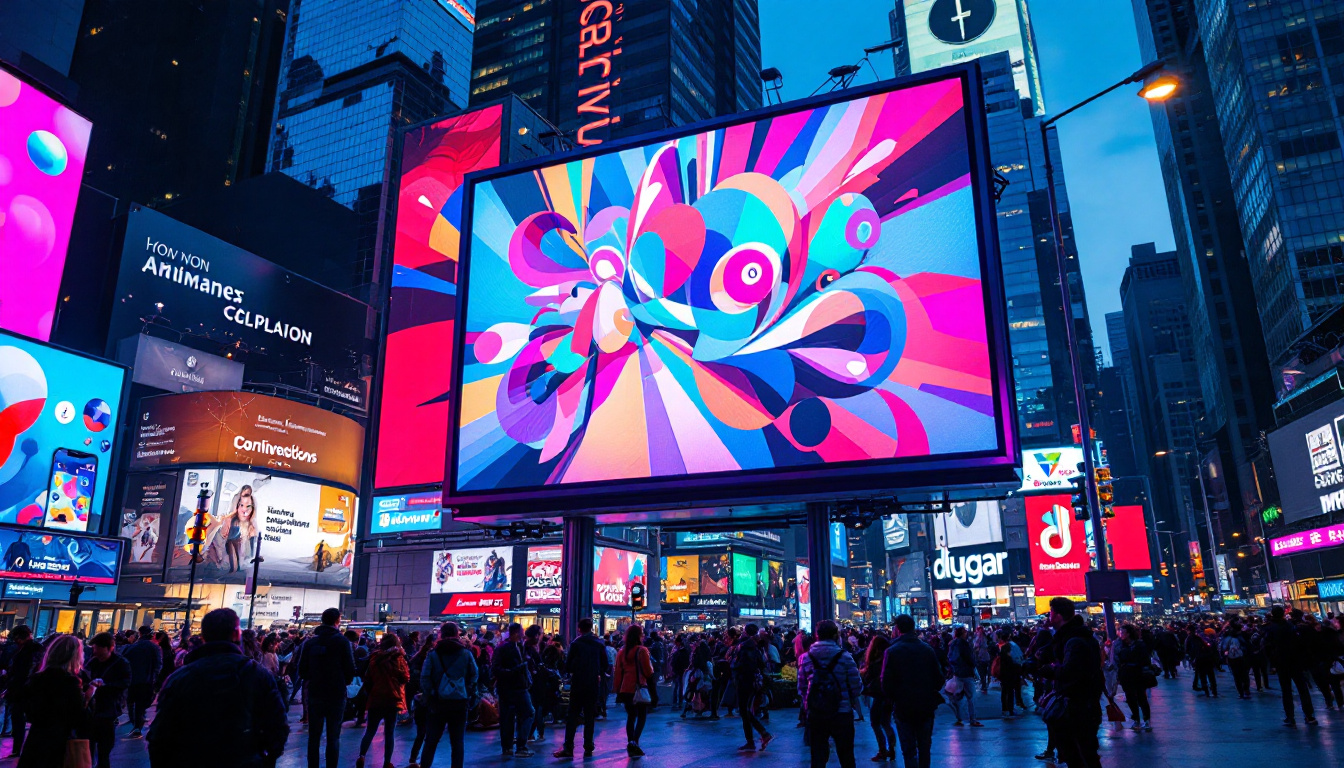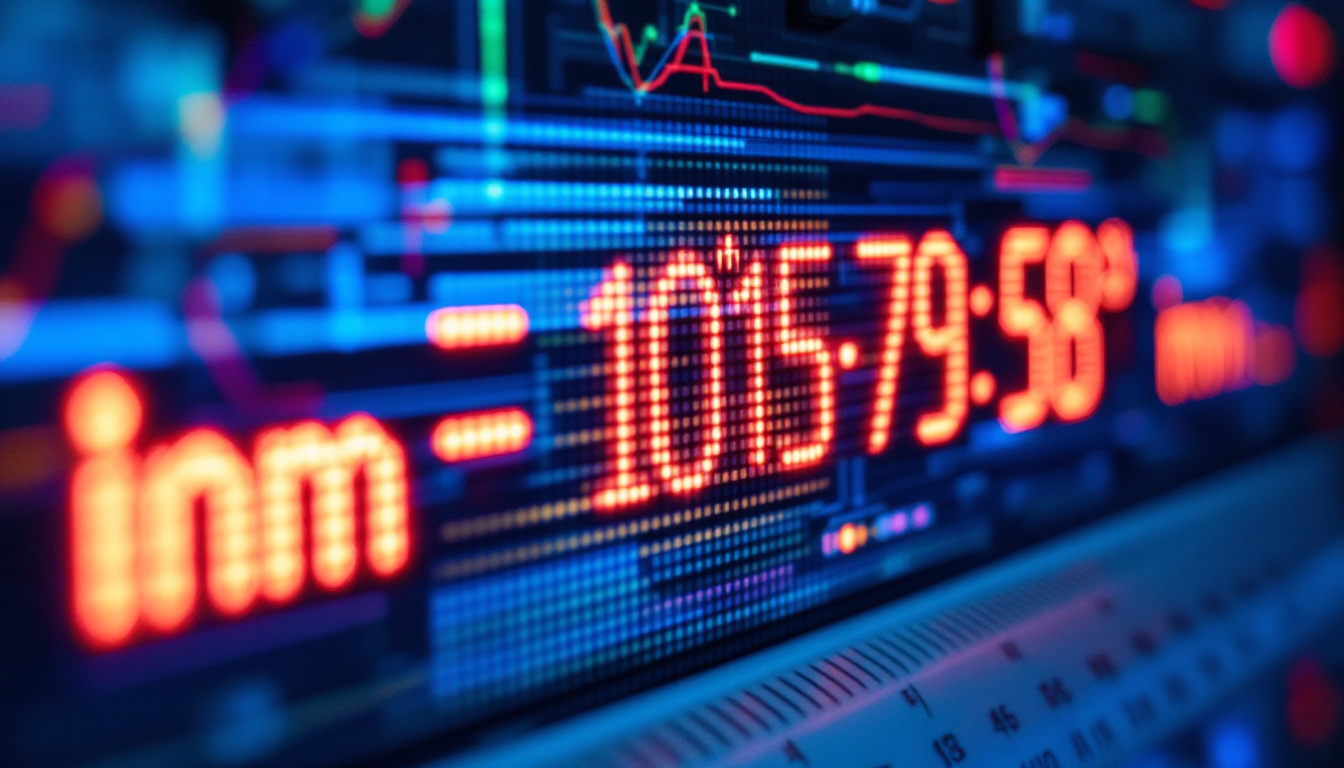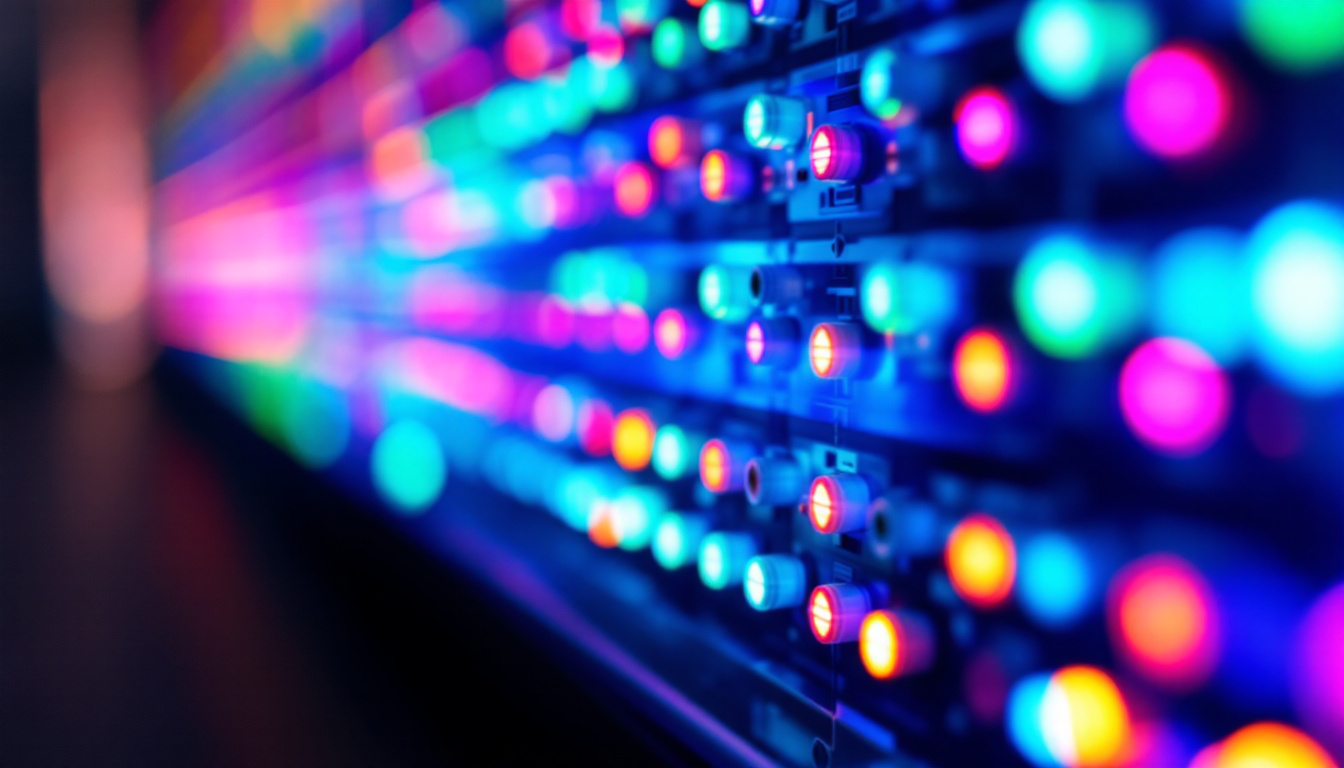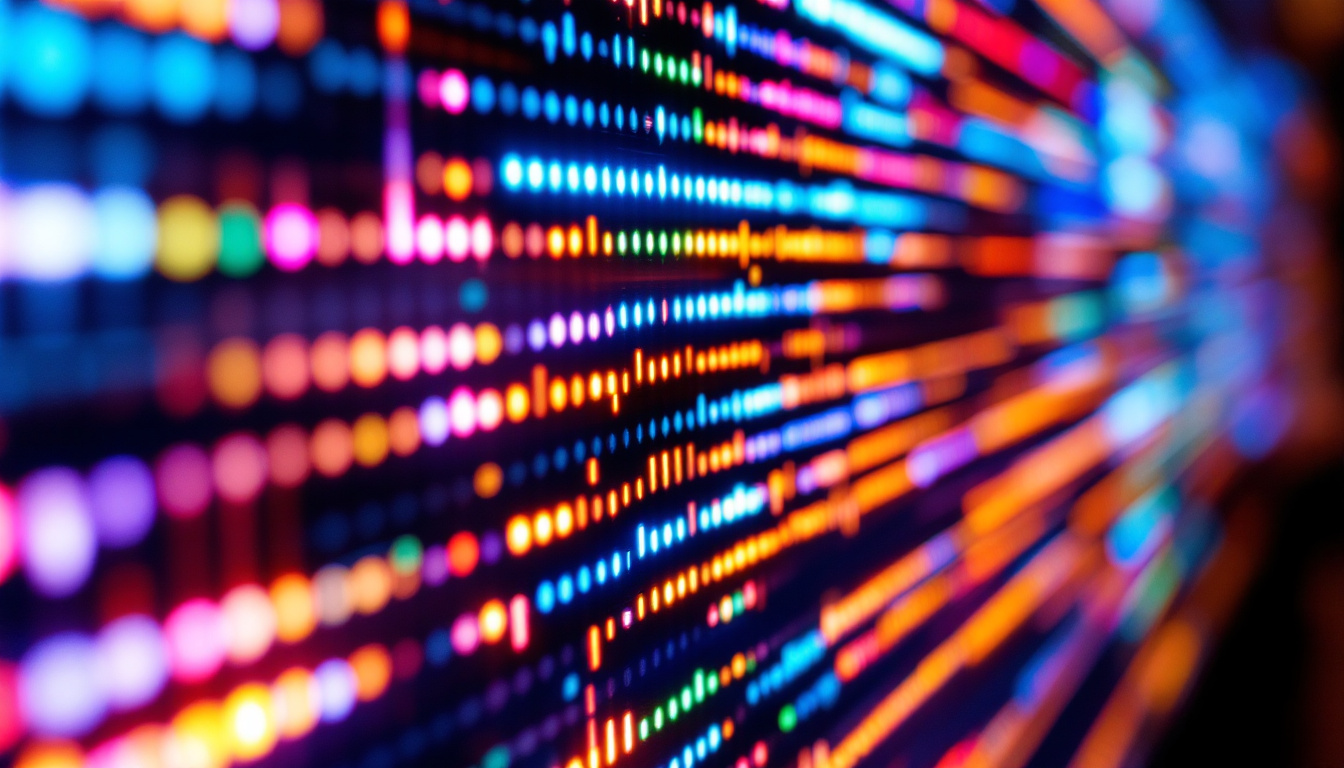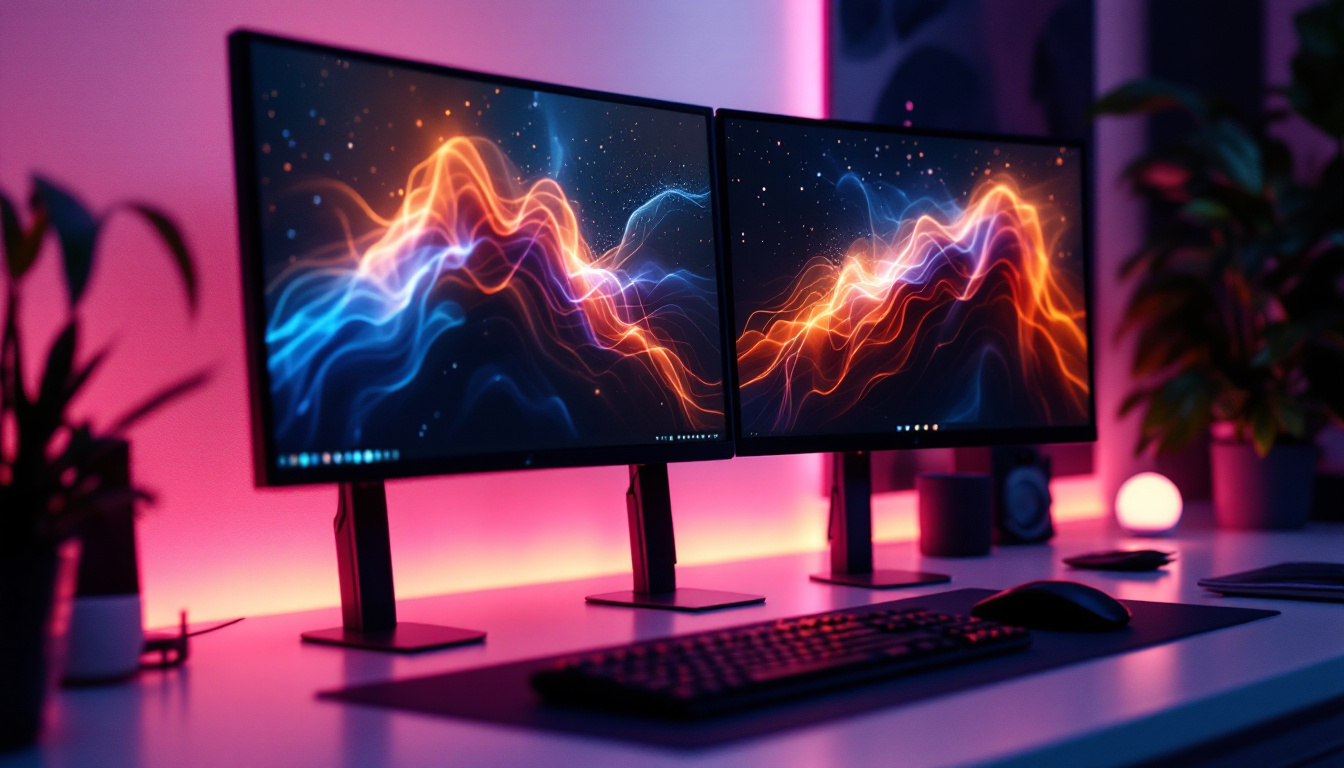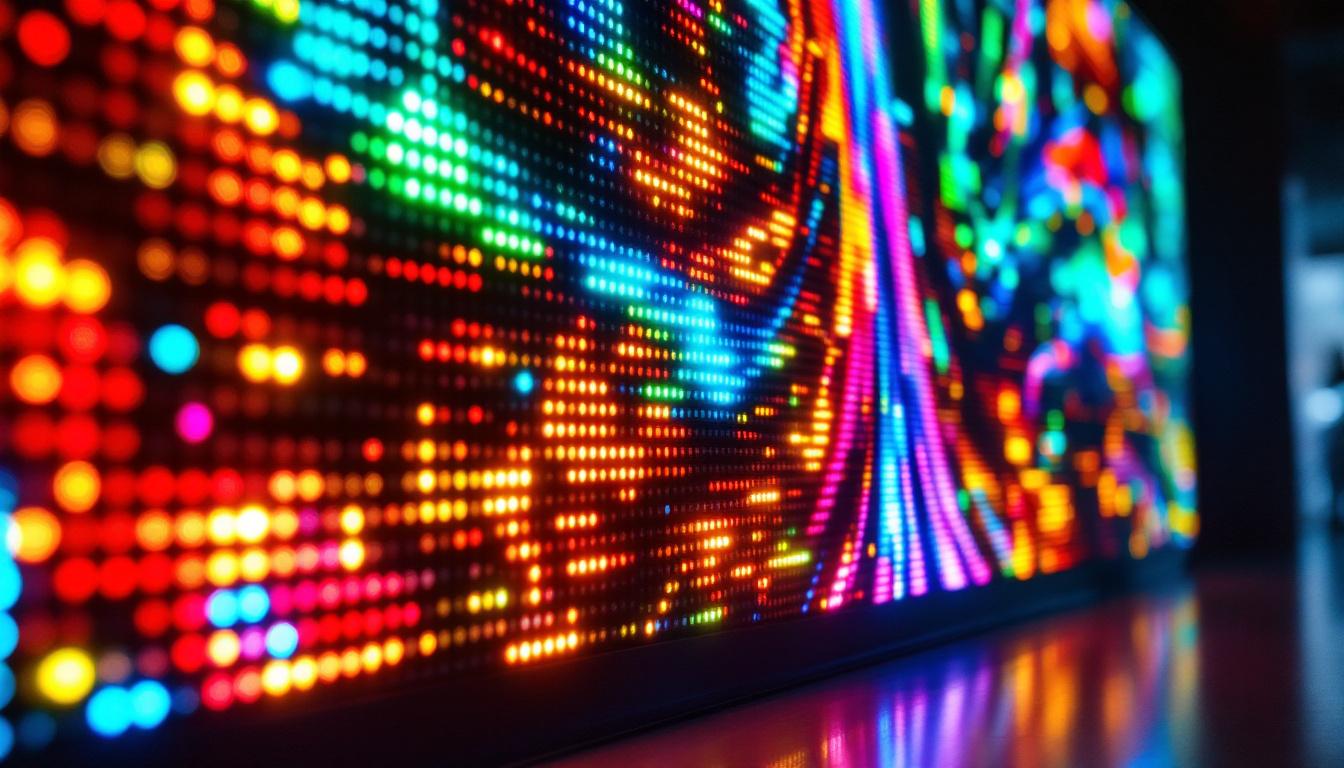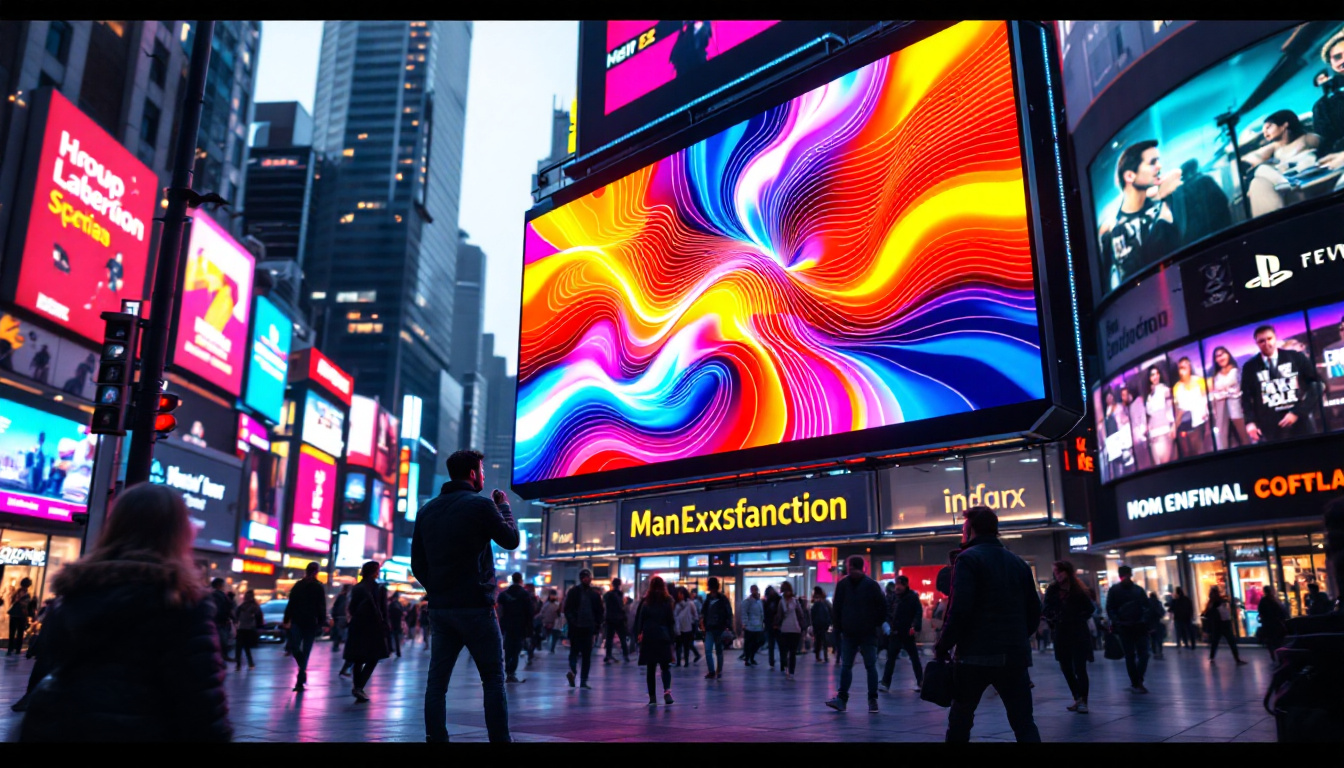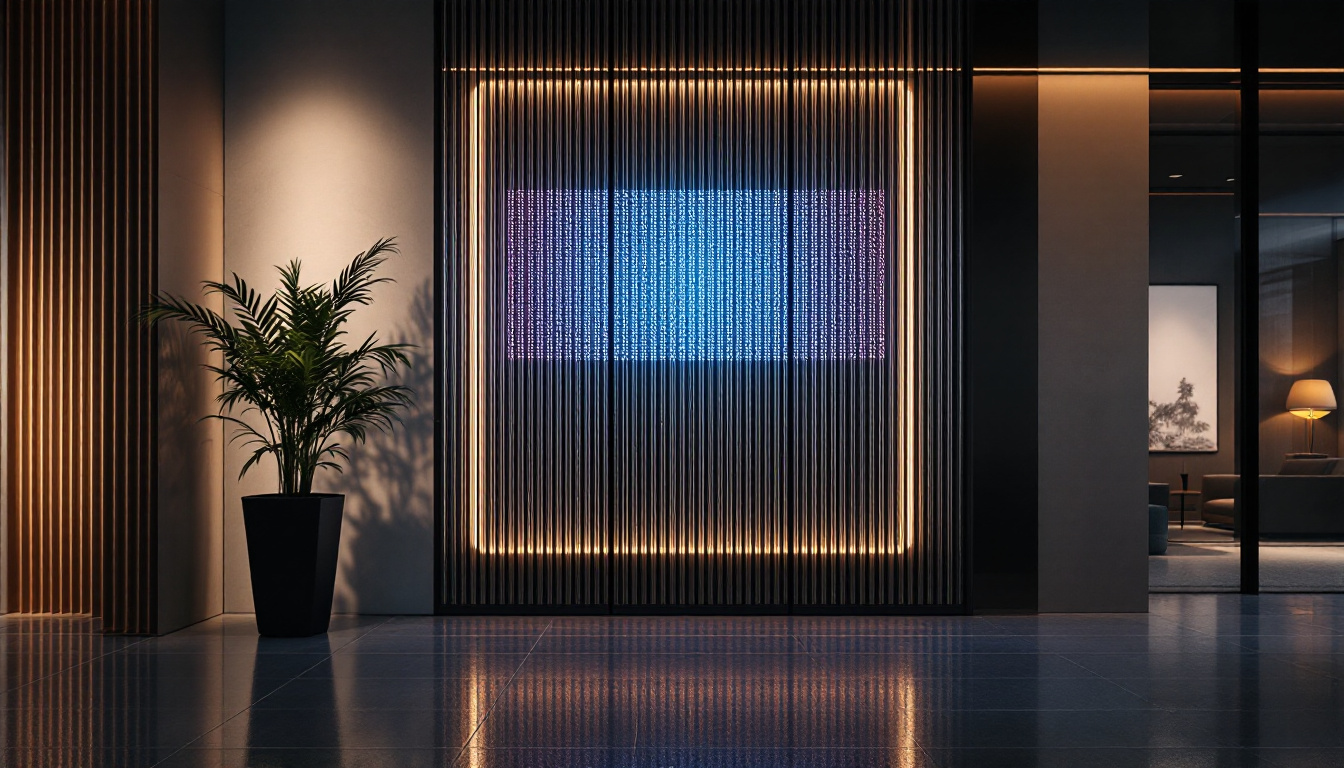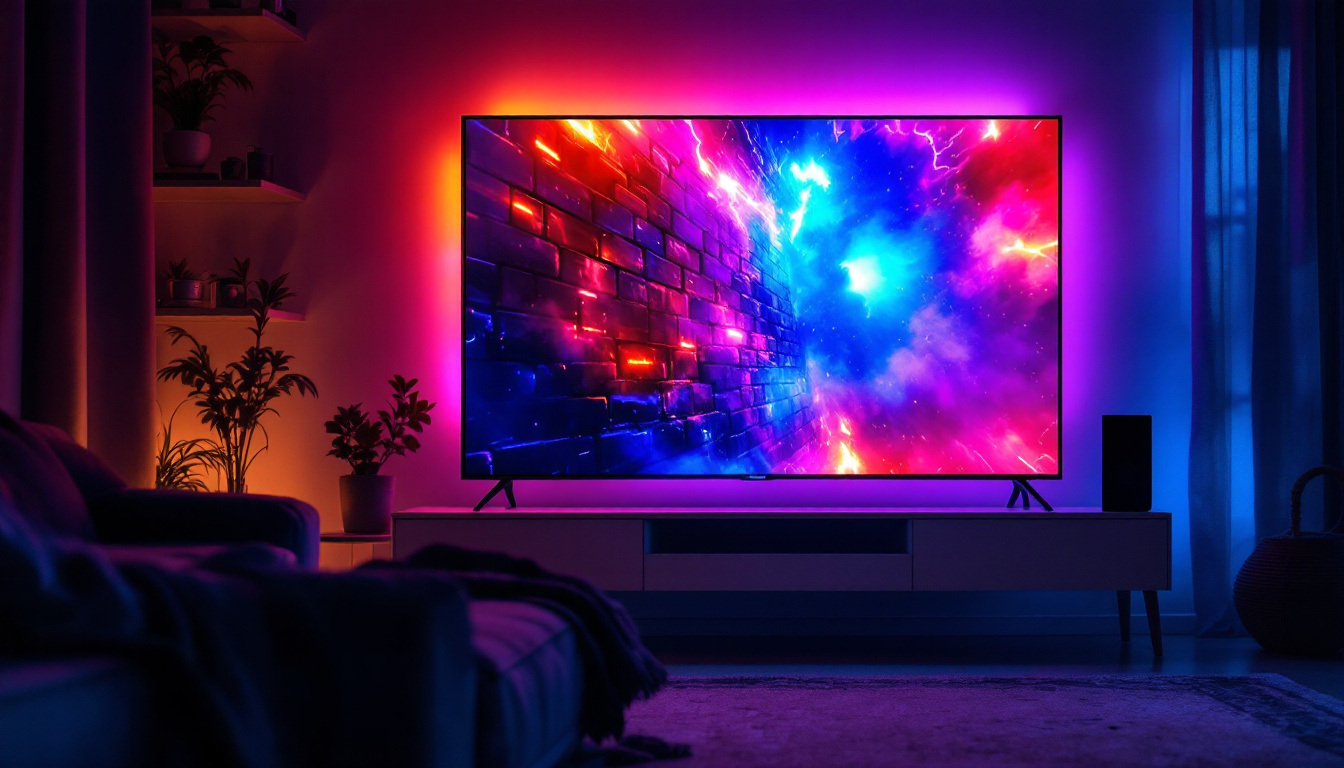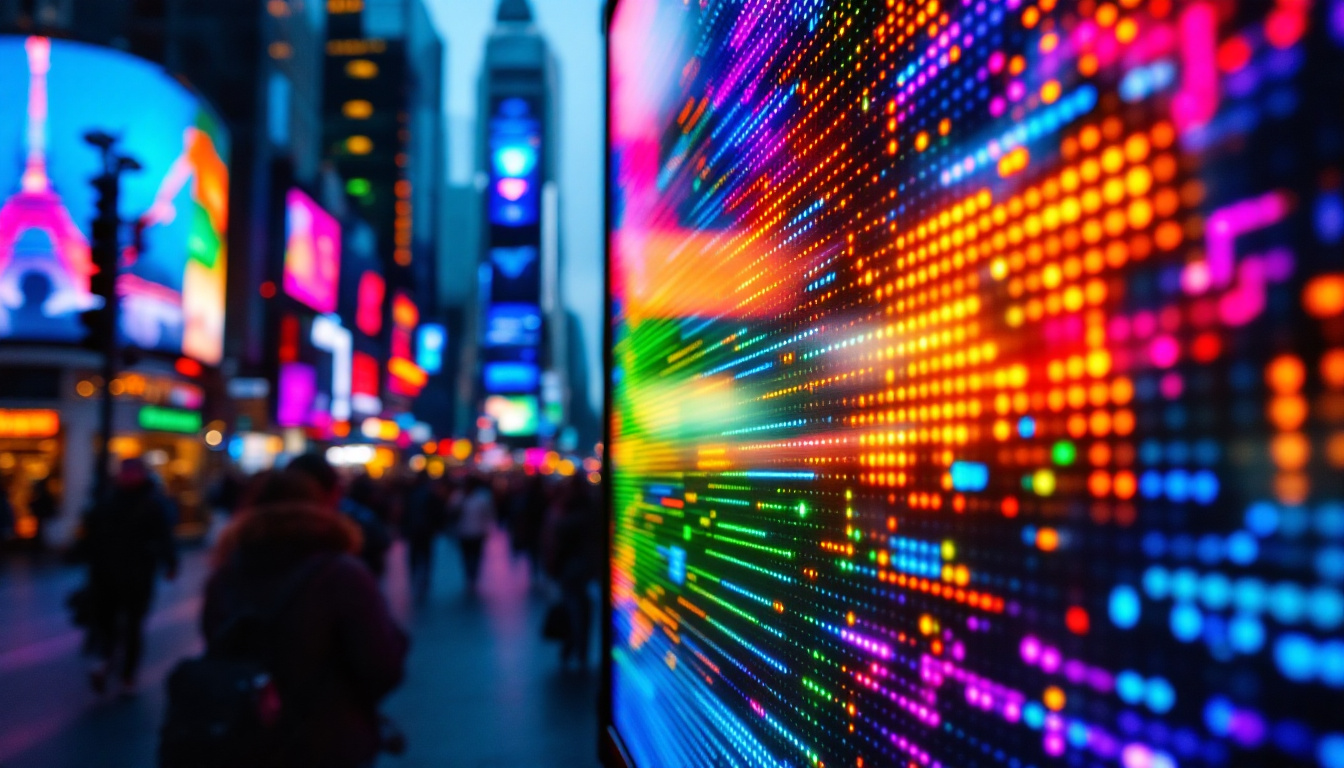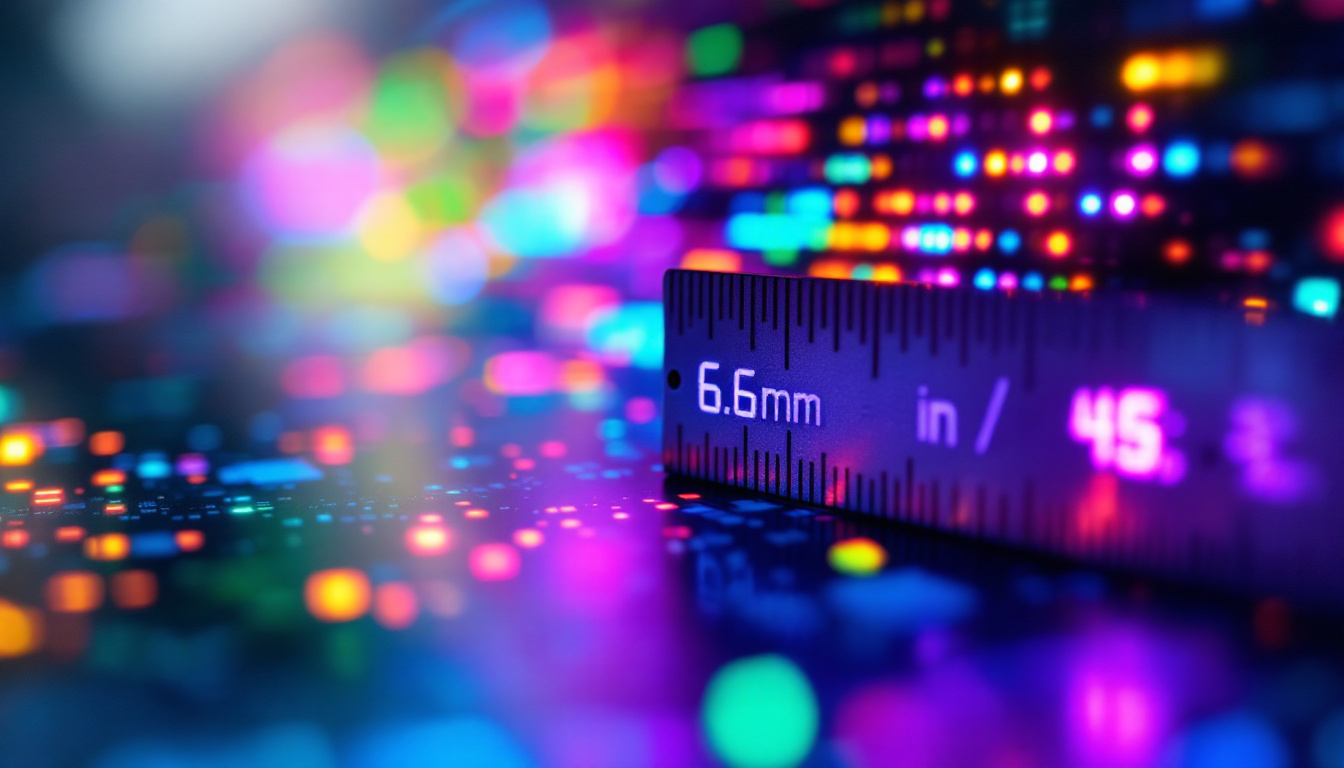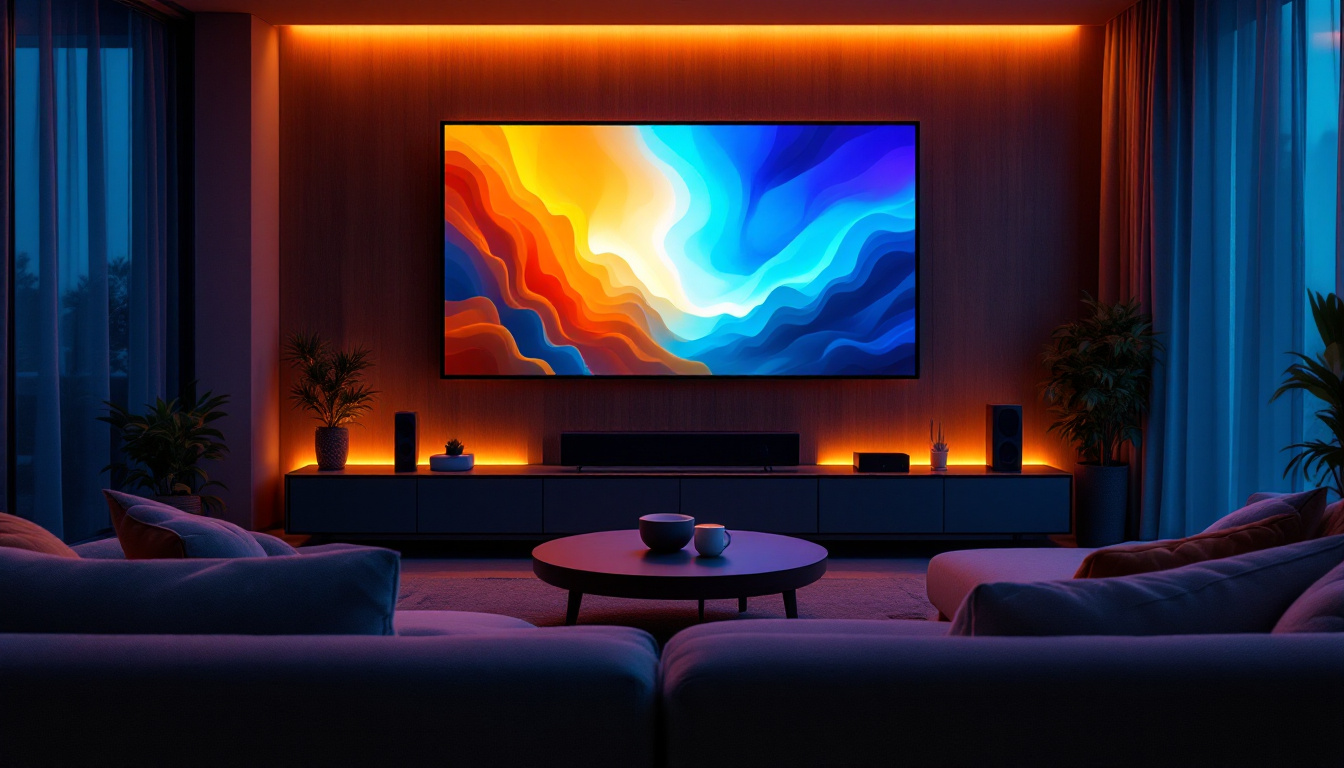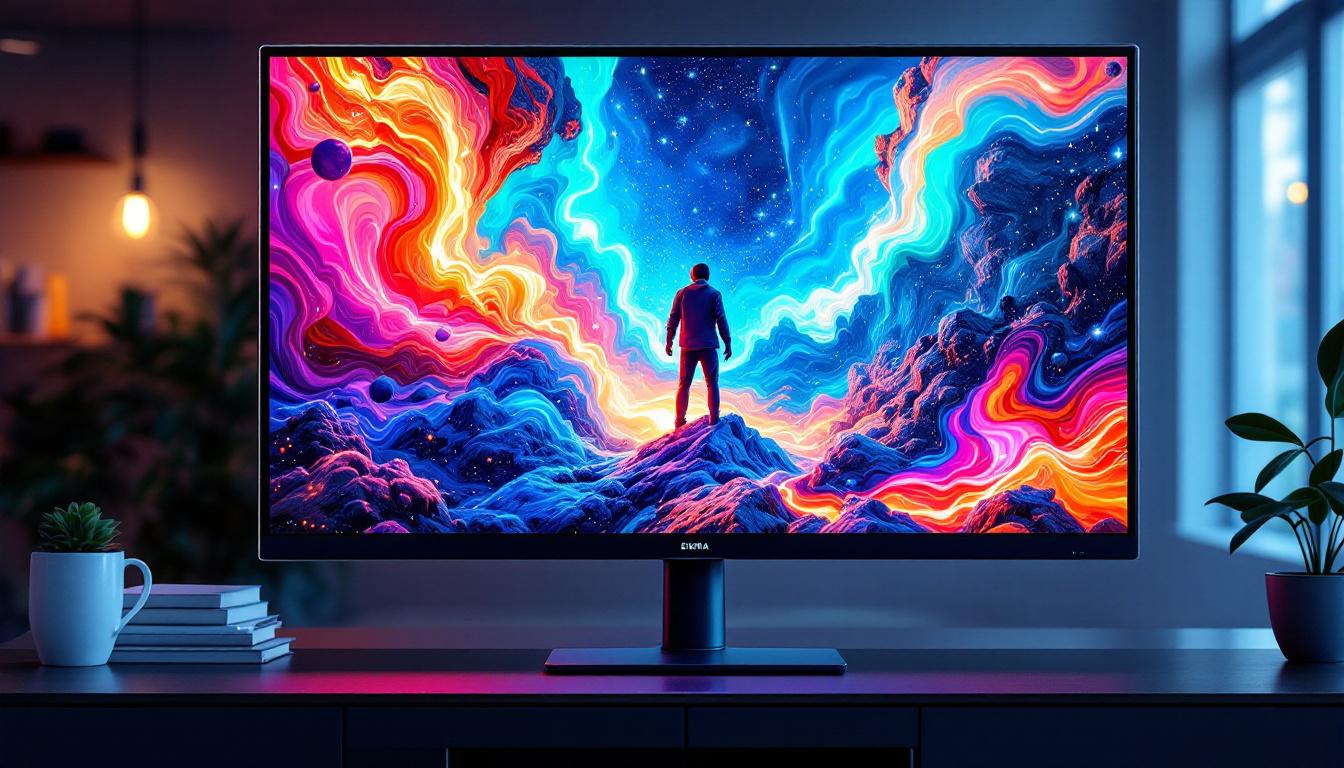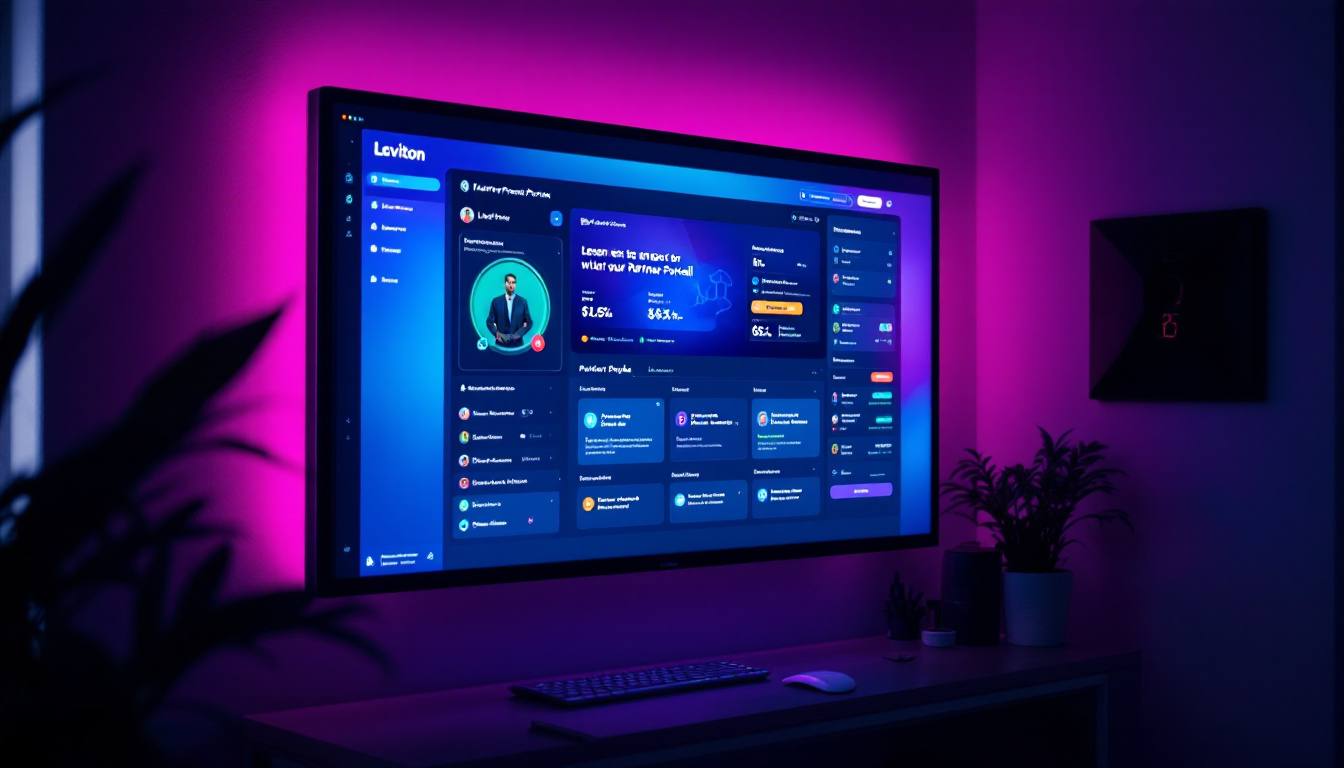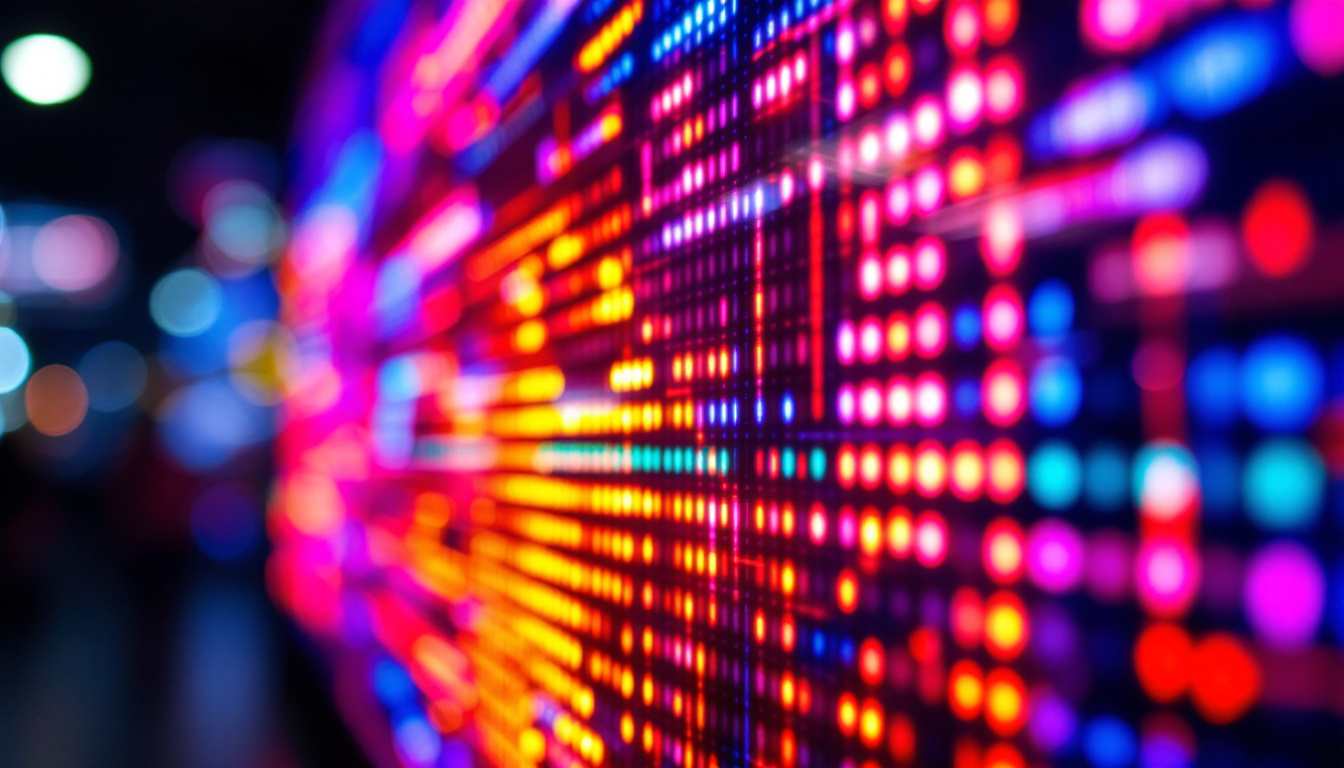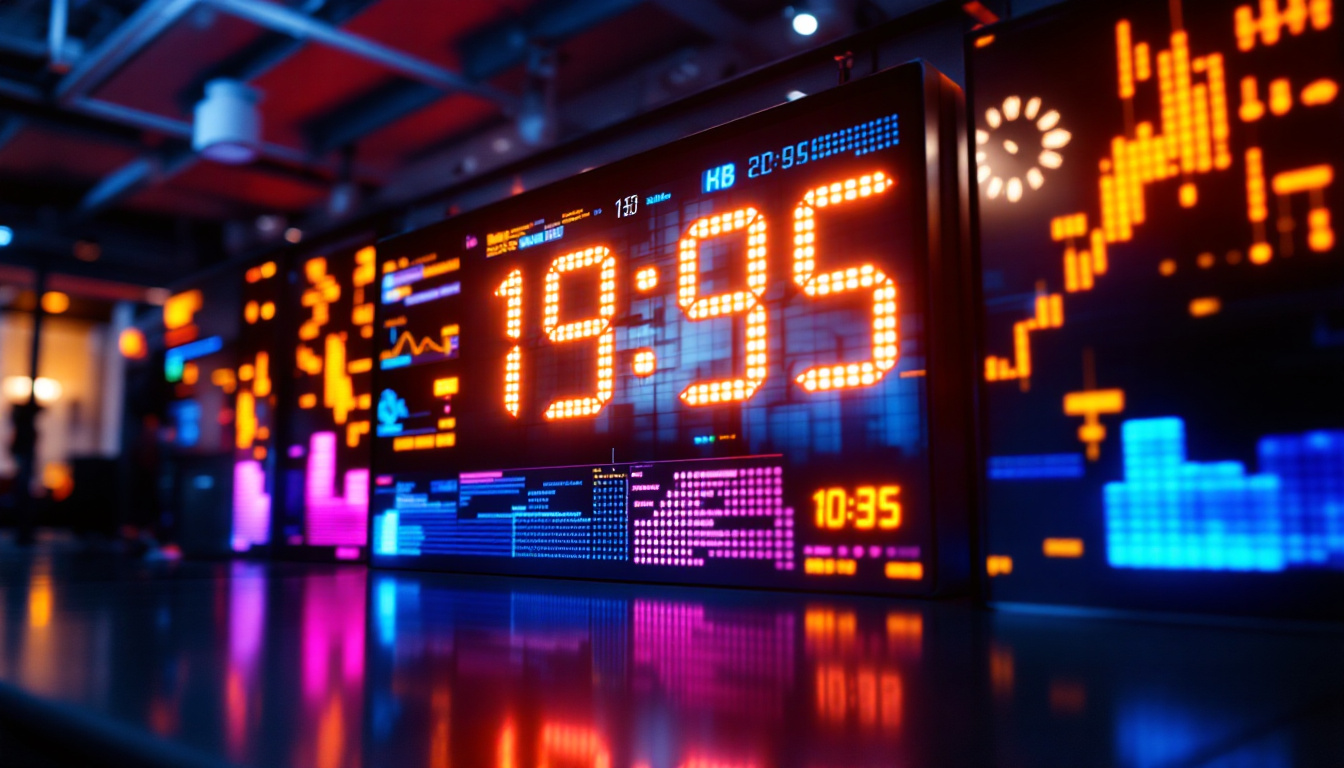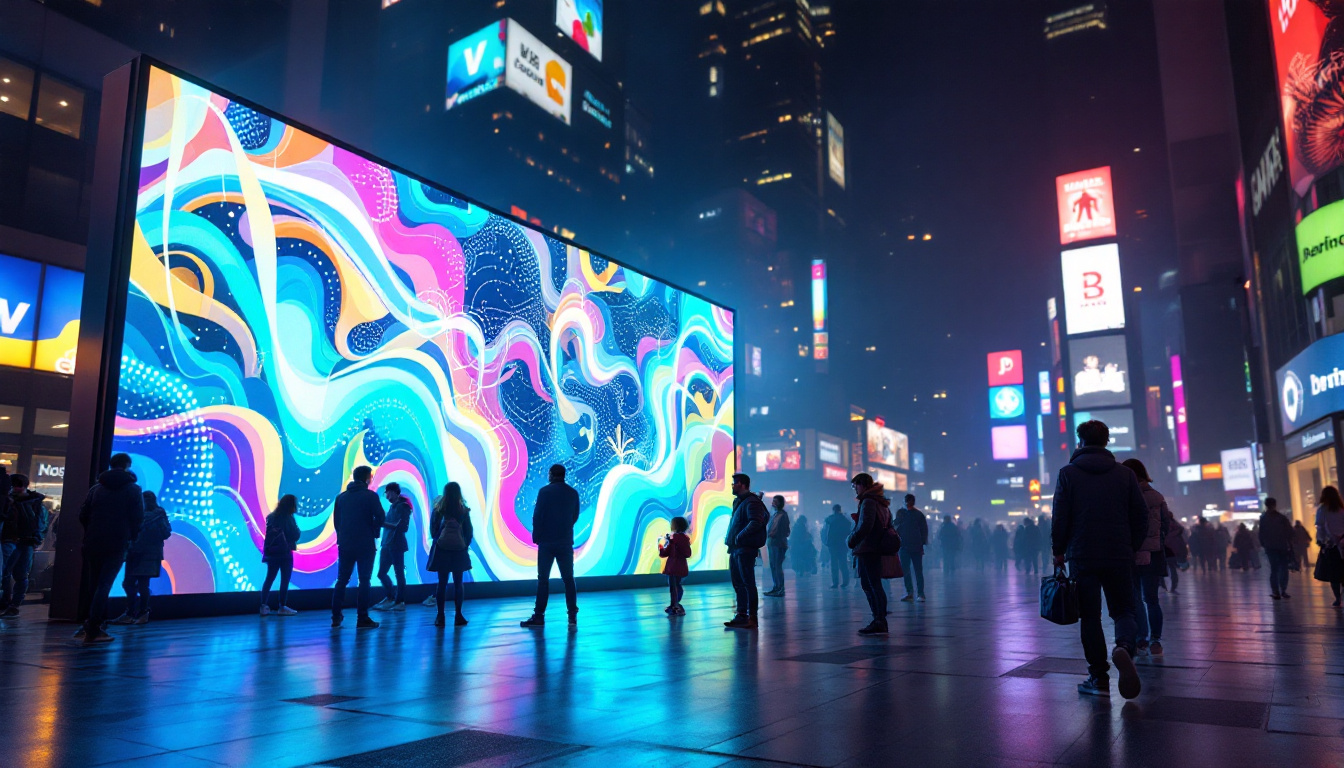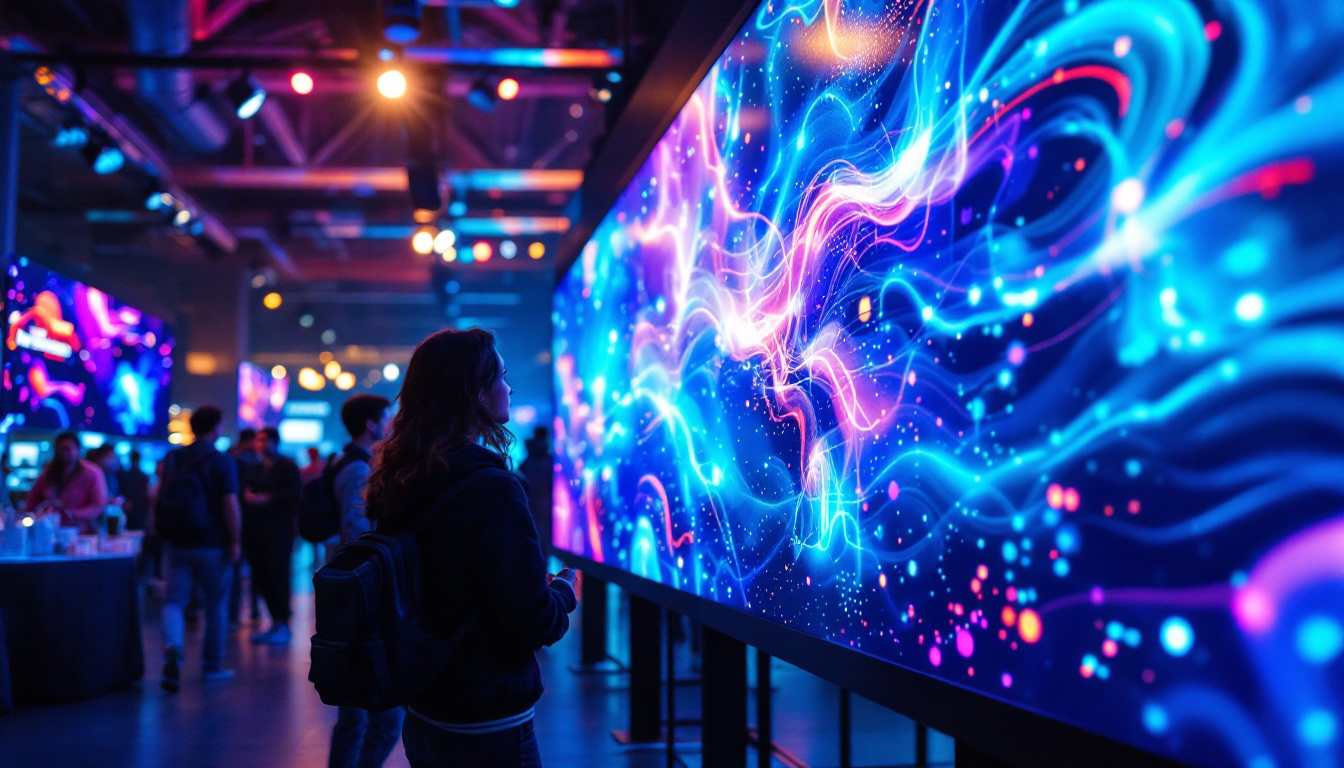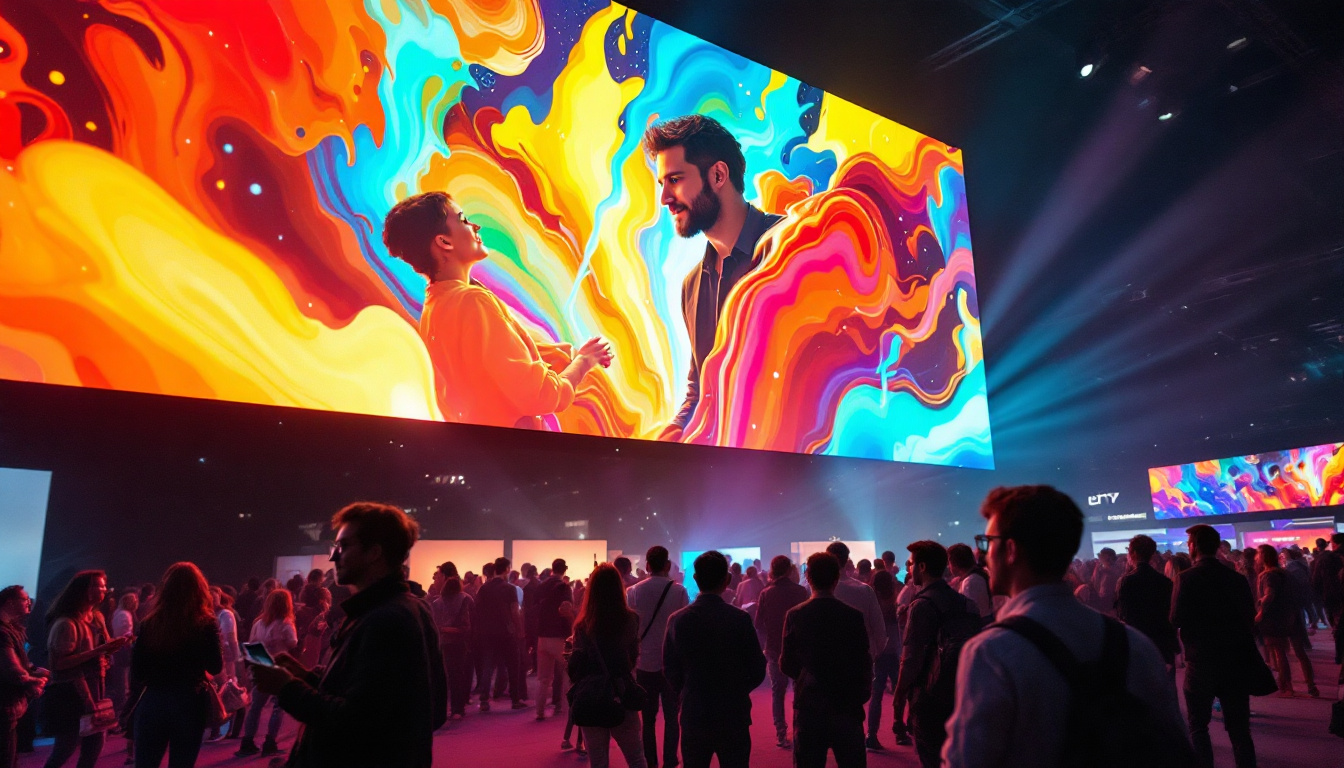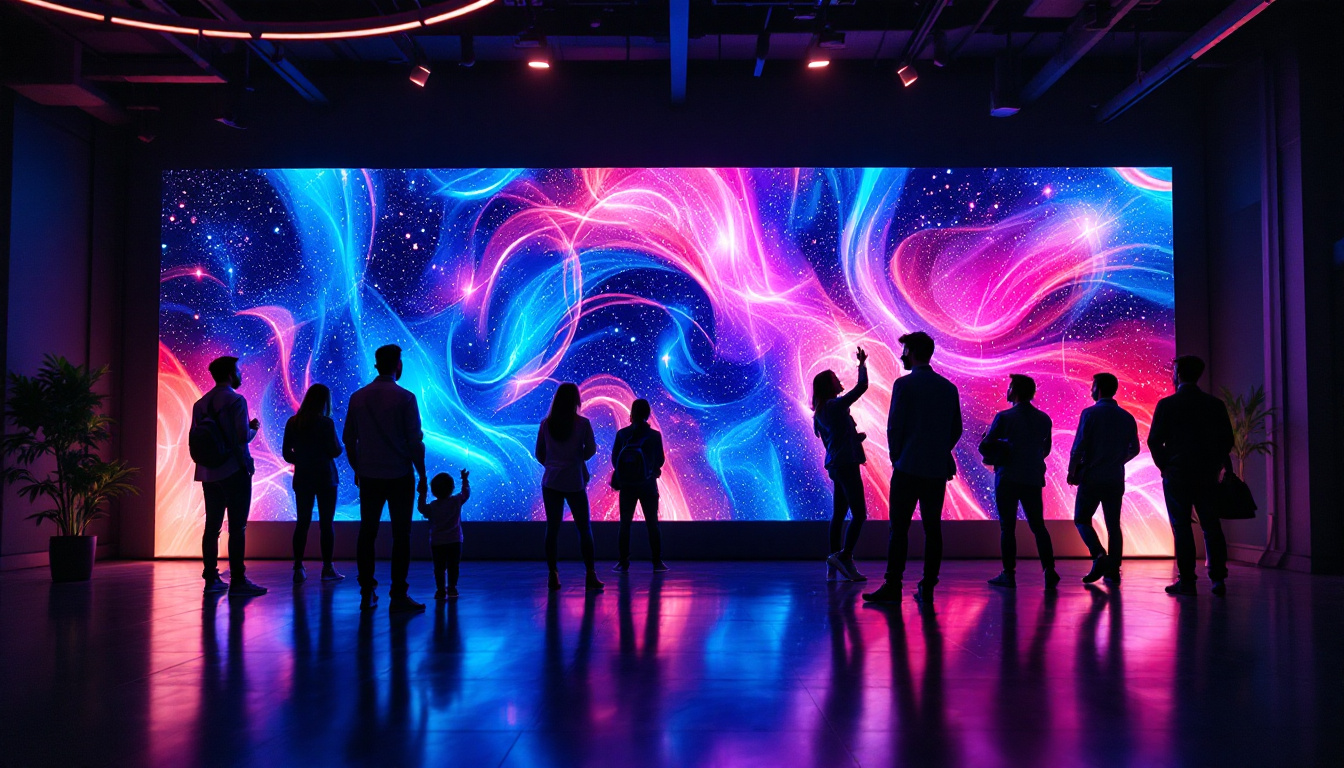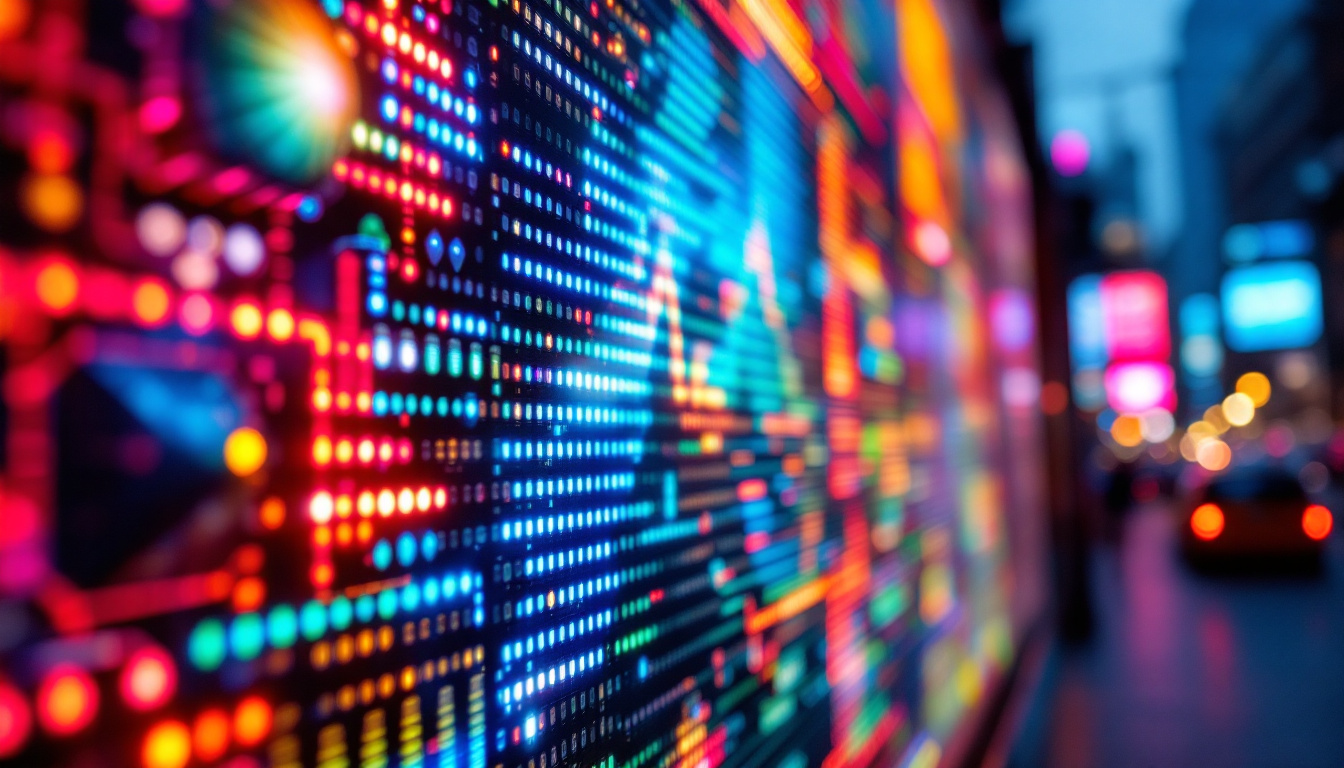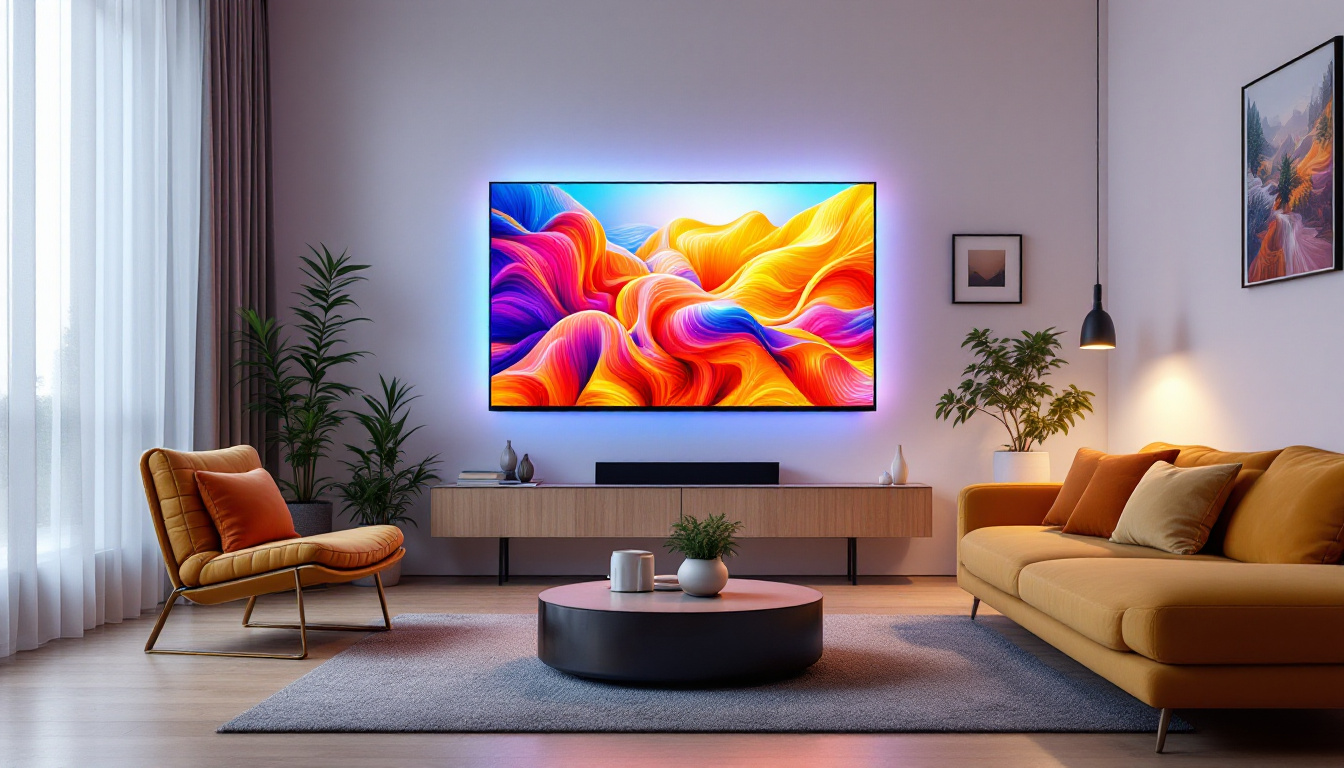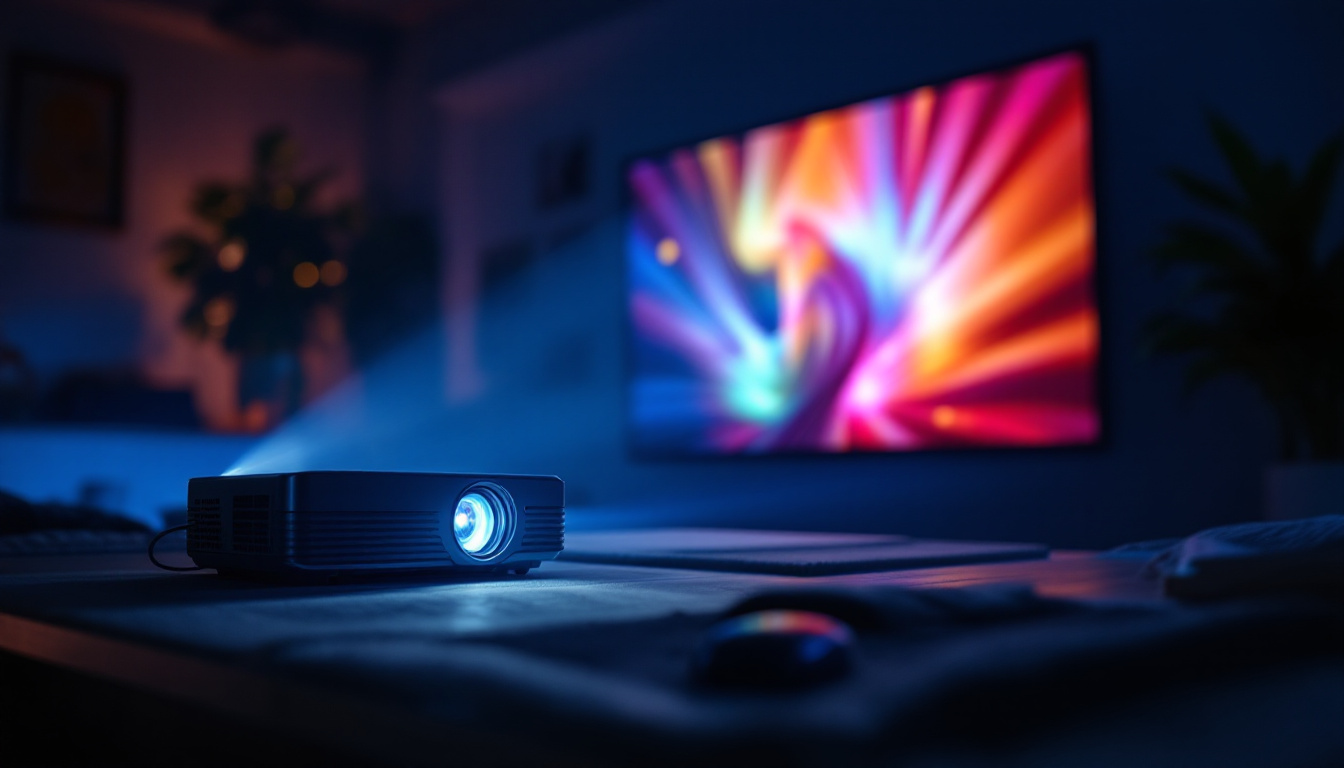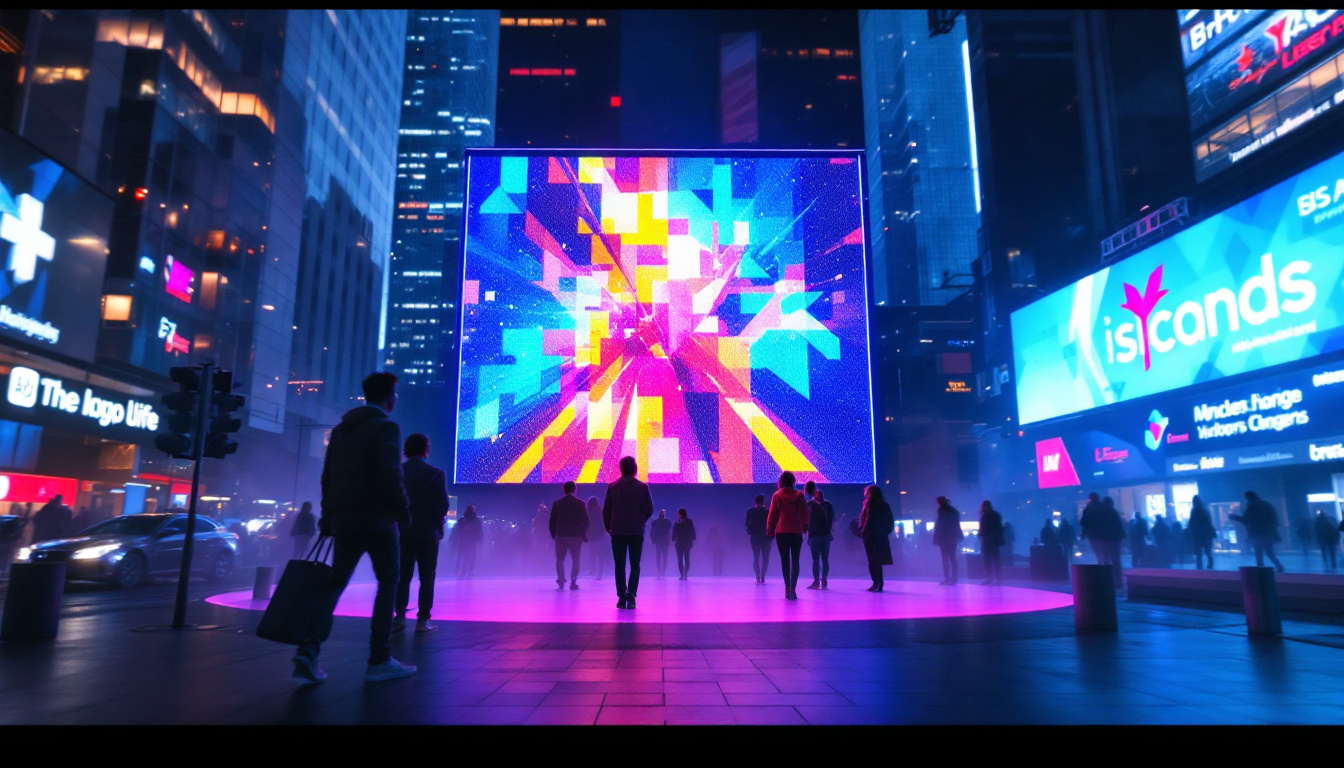In today’s digital age, visual communication has taken on a new dimension, thanks largely to advancements in display technology. Among these, LED displays have emerged as a powerful medium for conveying messages, advertising products, and enhancing entertainment experiences. This article delves into the intricacies of LED displays, exploring their construction, functionality, and applications.
What is an LED Display?
LED stands for Light Emitting Diode, a semiconductor device that emits light when an electric current passes through it. LED displays utilize this technology to create vibrant, high-quality images and videos. Unlike traditional displays that rely on backlighting and liquid crystals, LED displays are composed of thousands of tiny diodes that work together to produce bright and colorful visuals. This innovative technology not only enhances the viewing experience but also contributes to energy efficiency, as LED displays consume significantly less power compared to their LCD counterparts.
Moreover, the lifespan of LED displays is notably longer, often exceeding 50,000 hours of usage, which translates to years of reliable performance. This durability makes them an attractive option for both commercial and residential applications. Additionally, the compact size of LED diodes allows for thinner and lighter display designs, enabling manufacturers to create sleek and modern devices that fit seamlessly into various environments.
Types of LED Displays
LED displays can be categorized into several types based on their application and technology. The most common types include:
- Direct View LED: These displays consist of individual LED modules that are combined to form a larger screen. They are often used for outdoor advertising and large-scale events due to their brightness and visibility. Their ability to withstand harsh weather conditions makes them ideal for billboards and public displays that need to be seen in direct sunlight.
- LED Video Walls: Comprising multiple LED panels, video walls can create large, seamless displays ideal for concerts, sports arenas, and corporate events. The modular nature of these walls allows for customizable sizes and shapes, making them versatile for various settings, from immersive art installations to dynamic presentations.
- OLED Displays: Although technically different from traditional LED displays, OLED (Organic Light Emitting Diode) technology offers superior contrast and color accuracy, making it popular for high-end televisions and mobile devices. OLED screens can achieve true blacks by turning off individual pixels, resulting in stunning visuals that captivate viewers.
In addition to these types, there are also specialized LED displays designed for specific uses, such as transparent LED displays that allow for visibility through the screen, making them perfect for retail environments where product visibility is key. Another emerging trend is flexible LED displays, which can bend and curve to fit various surfaces, opening up new possibilities for creative installations in architecture and design. As technology continues to evolve, the applications and capabilities of LED displays are expanding, making them an integral part of modern visual communication.
How LED Displays Work
The operation of LED displays is based on a simple principle: when an electric current is applied to a diode, it emits light. This fundamental process is harnessed in various configurations to create images and videos. The efficiency of LED technology also means that these displays consume less power compared to traditional display technologies, making them an environmentally friendly choice for both commercial and residential use.
Pixel Configuration
Each LED display is made up of a grid of pixels, where each pixel consists of red, green, and blue (RGB) diodes. By adjusting the intensity of each color, a wide spectrum of colors can be produced. The combination of these colors in varying intensities allows for the display of detailed images and videos. Additionally, advancements in technology have led to the development of full-color LED displays that can achieve higher resolutions and better color accuracy, which is particularly beneficial for applications such as digital signage and high-definition television.
Control Systems
To manage the complex interactions between pixels, LED displays are equipped with sophisticated control systems. These systems process incoming data from video sources and translate it into signals that control the brightness and color of each pixel. This ensures that images are displayed correctly and with high fidelity. Furthermore, modern control systems often incorporate features such as real-time image processing, allowing for dynamic content adjustments and the ability to display live feeds or interactive content seamlessly. This adaptability is crucial in environments like sports arenas or concert venues, where visual content needs to engage and captivate audiences in real-time.
Advantages of LED Displays
LED displays offer a multitude of advantages over traditional display technologies. Their unique characteristics make them suitable for a wide range of applications.
Brightness and Visibility
One of the most significant benefits of LED displays is their brightness. They can produce high levels of luminance, making them easily visible even in direct sunlight. This feature is particularly advantageous for outdoor advertising and public displays. Furthermore, the ability to adjust brightness levels dynamically allows for optimal viewing experiences at any time of day, ensuring that messages are effectively communicated regardless of environmental conditions. This adaptability is crucial for events that take place during twilight or in varying weather, where visibility can be compromised.
Energy Efficiency
LED technology is inherently more energy-efficient than traditional lighting methods. LED displays consume less power while providing superior brightness, which translates to lower operational costs over time. This energy efficiency is a crucial factor for businesses looking to reduce their carbon footprint. Additionally, the reduced heat output of LED displays minimizes the need for extensive cooling systems, further enhancing energy savings. As companies increasingly prioritize sustainability, the shift to LED technology not only aligns with eco-friendly practices but also appeals to environmentally conscious consumers.
Longevity and Durability
LED displays are known for their longevity. With a lifespan that can exceed 100,000 hours, they outlast many other display technologies. Additionally, they are more resistant to shock and vibration, making them ideal for dynamic environments such as concerts and sports arenas. The robust construction of LED displays also means they can withstand harsh weather conditions, including rain, snow, and extreme temperatures, without compromising performance. This durability reduces maintenance costs and downtime, allowing businesses to focus on their core operations rather than frequent repairs or replacements. Moreover, the consistent performance over time ensures that the quality of visuals remains high, enhancing the overall viewer experience.
Applications of LED Displays
The versatility of LED displays allows them to be employed in various sectors. From advertising to entertainment, their applications are vast and varied.
Advertising and Marketing
LED displays have revolutionized the advertising landscape. Their ability to display dynamic content, such as videos and animations, captures the attention of passersby more effectively than static billboards. Businesses can update their messages in real-time, allowing for targeted advertising based on time of day or audience demographics. This adaptability not only enhances engagement but also maximizes return on investment, as companies can tailor their promotions to suit specific events or seasonal trends. Additionally, the vibrant colors and high brightness of LED displays ensure that advertisements stand out, even in bright daylight, making them an ideal choice for outdoor marketing.
Entertainment and Events
In the entertainment industry, LED displays are indispensable. Concerts, festivals, and sporting events utilize large LED screens to enhance the audience experience. These displays provide live feeds, visual effects, and immersive content that engage viewers and create memorable experiences. Beyond just displaying visuals, LED technology can also be synchronized with sound systems to create a cohesive audio-visual experience that captivates audiences. Furthermore, as technology advances, we are witnessing the emergence of flexible LED displays that can be shaped and configured to fit unique event spaces, allowing for even more creative and innovative uses in stage design and event production.
Corporate and Educational Use
In corporate environments, LED displays are used for presentations, conferences, and meetings. Their high resolution and clarity make them ideal for showcasing data and visuals. Educational institutions also benefit from LED technology, using displays for interactive learning and presentations that capture students’ attention. In classrooms, LED displays can facilitate collaborative projects, enabling students to share their work in real-time and engage in discussions that enhance their learning experience. Moreover, in corporate settings, the integration of LED displays with video conferencing tools allows for seamless communication across multiple locations, fostering a more connected and productive work environment. As remote work becomes increasingly common, these displays play a crucial role in bridging the gap between in-person and virtual interactions, ensuring that everyone remains engaged and informed, regardless of their physical location.
Challenges and Considerations
While LED displays offer numerous advantages, there are challenges and considerations that must be addressed when implementing this technology.
Initial Costs
The initial investment for LED displays can be significant, especially for large installations. Businesses must weigh the upfront costs against the long-term benefits, including energy savings and reduced maintenance expenses.
Maintenance and Upkeep
Although LED displays are generally durable, they still require regular maintenance to ensure optimal performance. Dust and debris can accumulate, affecting brightness and image quality. Routine cleaning and occasional repairs are necessary to maintain the display’s integrity.
The Future of LED Display Technology
The future of LED display technology is bright, with ongoing innovations that promise to enhance their capabilities further. As technology evolves, several trends are emerging.
MicroLED Technology
MicroLED is a cutting-edge technology that involves using even smaller LEDs to create displays with higher resolution and better color accuracy. This technology is expected to revolutionize the market, offering displays that are thinner, lighter, and more energy-efficient.
Flexible and Transparent Displays
Another exciting development is the advent of flexible and transparent LED displays. These innovations open up new possibilities for creative applications, allowing for displays that can be integrated into various surfaces, including windows and walls, without obstructing visibility.
Conclusion
LED displays have transformed the way information is presented and consumed. Their vibrant colors, energy efficiency, and versatility make them an essential tool in various industries, from advertising to entertainment. As technology continues to advance, the potential applications for LED displays will only expand, paving the way for even more innovative uses in the future.
Understanding the intricacies of LED displays not only highlights their significance in modern communication but also underscores the importance of staying updated with technological advancements. As businesses and individuals seek to engage audiences more effectively, LED displays will undoubtedly play a pivotal role in shaping the future of visual communication.
Discover the Future of Visual Communication with LumenMatrix
As you’ve seen, LED displays are revolutionizing the way we interact with the world around us, offering unparalleled vibrancy, energy efficiency, and versatility. If you’re ready to elevate your visual communication and captivate your audience with cutting-edge technology, look no further than LumenMatrix. With a wide array of innovative solutions, including Indoor and Outdoor LED Wall Displays, Vehicle LED Displays, and more, LumenMatrix is at the forefront of LED display innovation. Check out LumenMatrix LED Display Solutions today and join the revolution in digital signage and visual storytelling.

